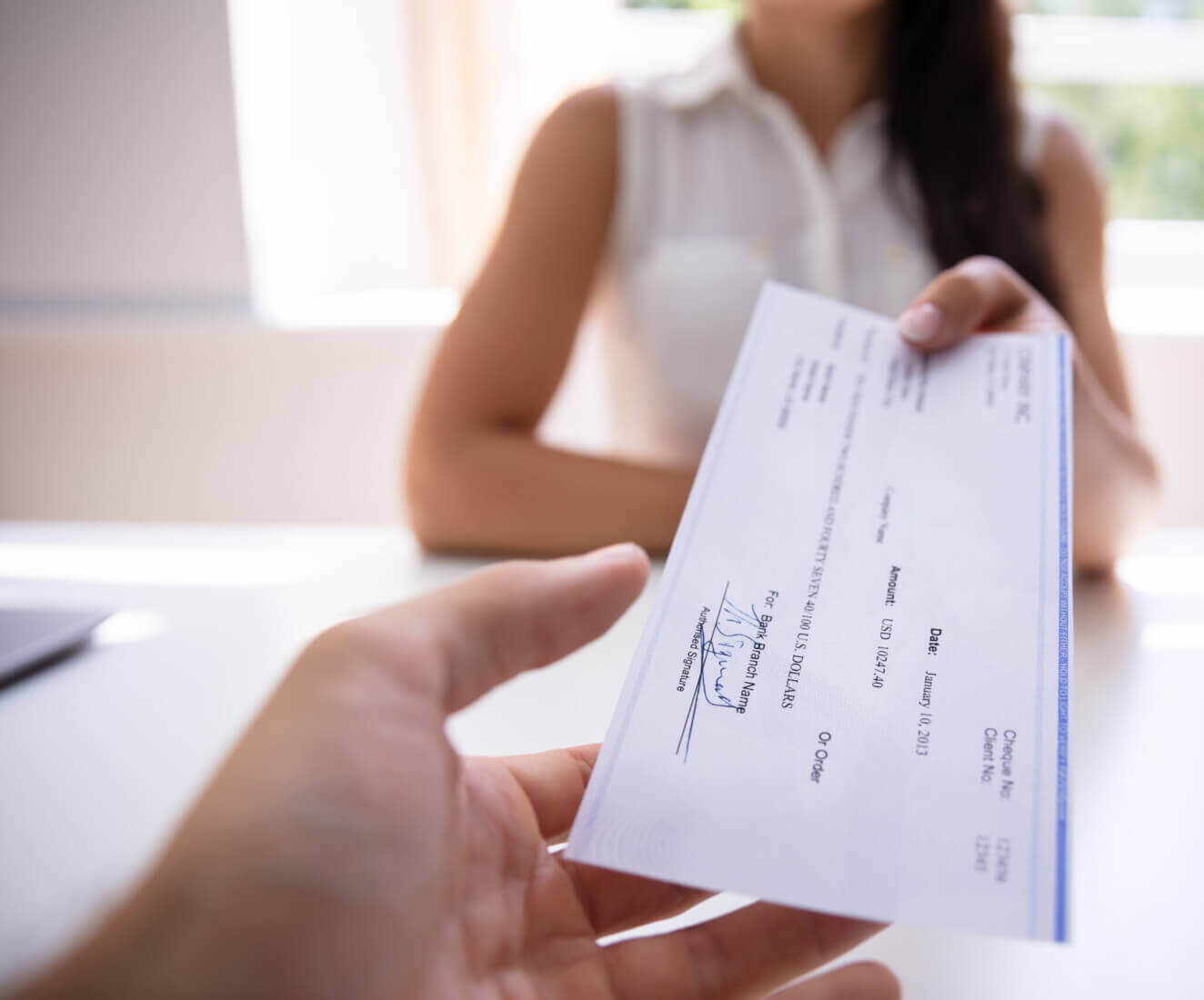Money orders are essentially the same as cashier’s checks — they’re a secure way to send money to a third party. However, while cashier’s checks are backed by a bank, money orders aren’t. Money orders can be purchased at various locations, such as U.S. Postal Service (USPS) offices, drug stores, convenience stores, grocery stores, as well as banks and credit unions.
How Does a Money Order Work?
When you purchase a money order, you’ll need to provide the money upfront, just as you would a cashier’s check. You’ll typically need to pay for it using cash, a debit card, or traveler’s checks — typically, personal checks and credit cards won’t be accepted. Unlike cashier’s checks, money orders will have a maximum limit, usually around $1,000 (if you need a larger amount, you could purchase more than one money order). You’ll also be charged a transaction fee for a money order, but it tends to be cheaper than cashier’s checks. Depending on where you buy a money order from — and how much it’s for — the fee will vary, but you can typically expect to pay anywhere from less than $1 to $5.


